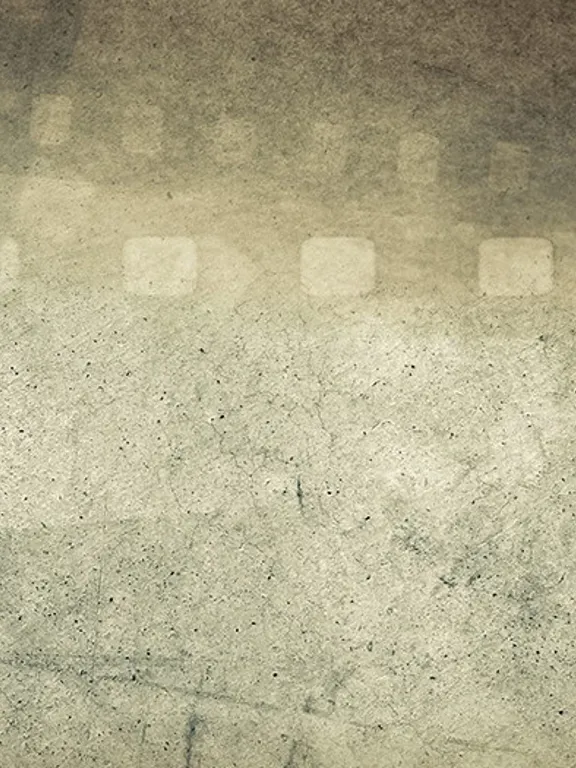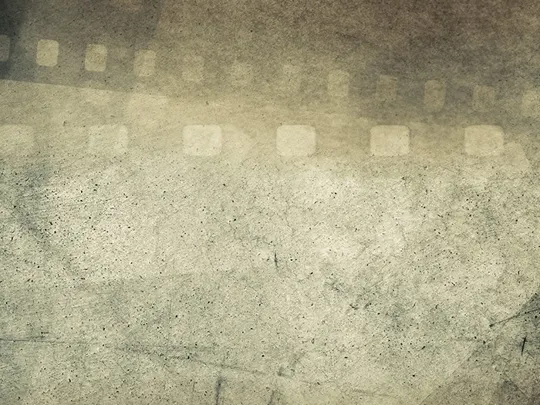Number of units
17
Number of lessons
183
Duration
2 years
Level
Standard

The Arts
The only IB-approved online course provider
Number of units
17
Number of lessons
183
Duration
2 years
Level
Standard
IB Film SL, part of the IB Diploma Programme’s Group 6: The Arts, develops students’ skills in both interpreting and creating film texts. The course combines practical film-making with the study of film history, theory and criticism, giving students the tools to understand cinema as an art form and a means of cultural expression.
Students analyse films from a variety of traditions and genres, exploring how cultural and historical contexts shape meaning. Alongside this, they take part in creative exercises that build technical skills in areas such as cinematography, editing and sound. The course fosters critical thinking, creativity and intercultural understanding - qualities central to the IB Learner Profile.
Studied online with Pamoja, IB Film SL is one of our most popular courses. Students benefit from the expertise of outstanding IB teachers and the opportunity to collaborate with peers worldwide, gaining valuable skills for further study and future careers in film, media and the arts.
In order to succeed in IB Film SL, we recommend students set aside five to six hours a week. Students will need camera equipment (from a DSLR to a recent model phone with a strong camera) that has manual focus and a way to capture audio/video, a sturdy tripod and non-linear editing software such as iMovie, Final Cut or Premiere, as basic requirements. A lighting kit and recording device (handheld or microphone) would be excellent additions.
*Please note, that all courses offered are subject to receiving a minimum enrolment number. Your Pamoja point of contact will be in touch as we approach the start date if we are unable to take a course forward.
The course covers the following topics:
Taking IB Film SL online will enable students to:
Explore and access key resources for the IB Film SL course.

Some things won’t be different though. Standards and expectations will be just as high as in a face to face classroom.

Every activity has its own assessment rubric but the IB Film mark bands will serve as the primary means of scoring. Students may create screenplays to later produce into film productions; create storyboards and other pre-production elements to previsualize their future productions; produce a video montage introducing a selected subject matter; create a one-minute video without dialogue that includes at least two characters and a dinner table; produce a chase sequence where a character transitions between different places and time periods that are unconnected in reality; create a spy film using foley recordings and original sound design; produce an experimental film where students can incorporate animation, visual effects, and sound design; write an essay analyzing how film language creates meaning in a five-minute extract from a film; produce a video essay comparing films or filmmakers from different cultures or periods in cinematic history.
Testimonials






















Pamoja Online Courses are designed to fit seamlessly into your school’s current curriculum, meaning students can study them flexibly alongside their in-person subjects. Speak to our team today to find out how we can support your school to open up new opportunities for success with IB Film SL.
Contact us
